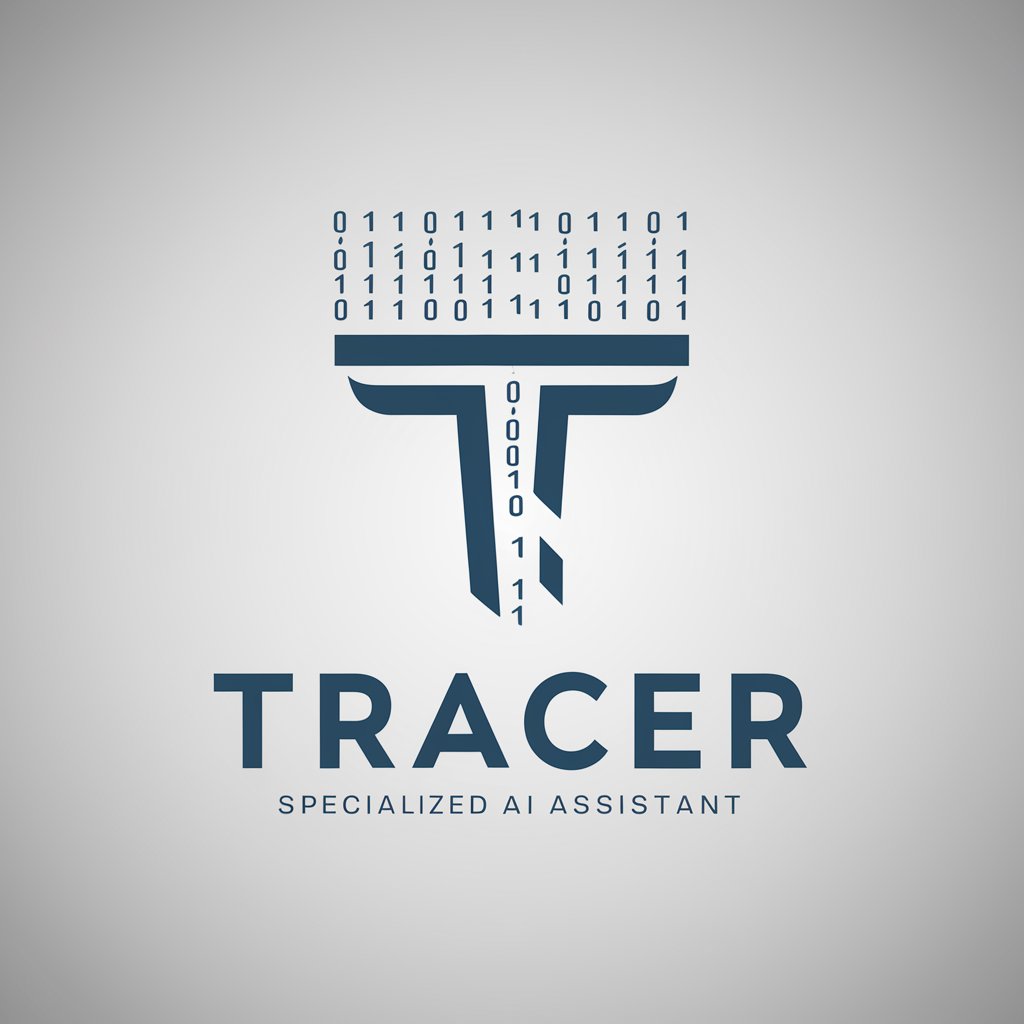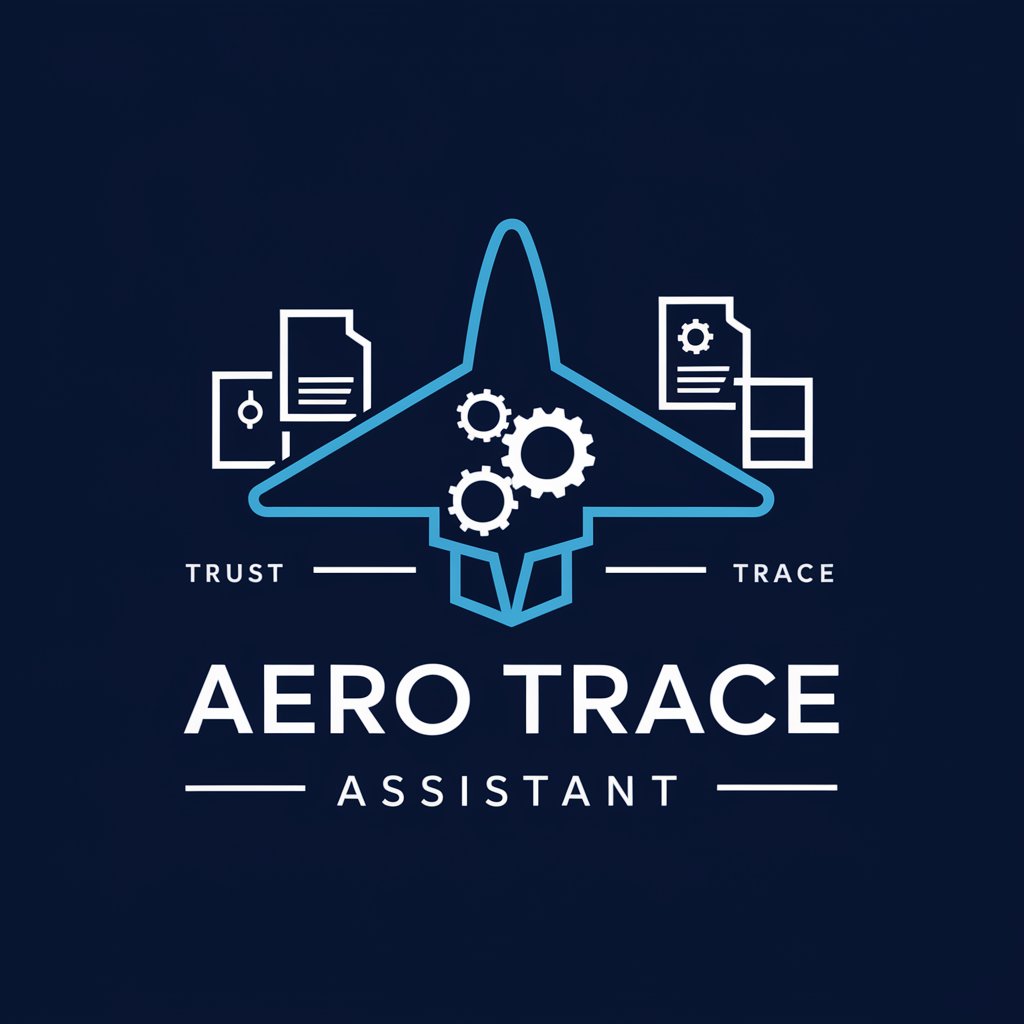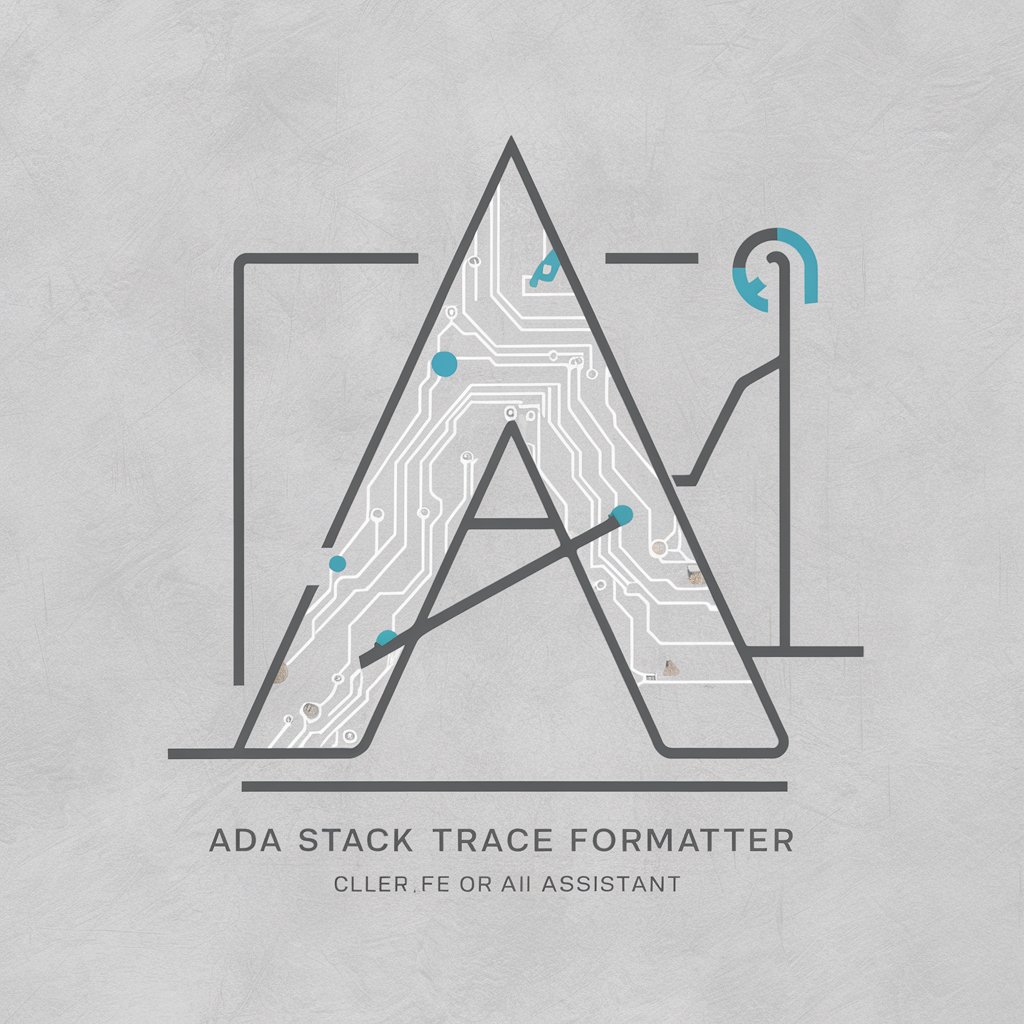Tracer - Code Analysis Tool

Hi there! How can I help you with your code today?
Empower Your Code with AI
How can I optimize this code snippet for better performance?
Can you identify any potential issues in this piece of code?
What are the best practices for this type of coding problem?
How can I refactor this code to make it more efficient?
Get Embed Code
Introduction to Tracer
Tracer is a specialized GPT designed to assist users in analyzing and processing code snippets. It aims to provide guidance and suggestions to optimize or correct the provided code, focusing on understanding the user's code, identifying potential issues, and offering improvements or best practices. Tracer is built to assist a wide range of users, from beginners to experienced developers, by providing clear, concise guidance on code structure and logic without executing or testing the code directly. Example scenarios include helping a beginner understand why their code is not working as expected, suggesting optimizations to an experienced developer's code for better performance, and advising on best practices to avoid common pitfalls in coding. Powered by ChatGPT-4o。

Main Functions of Tracer
Code Analysis
Example
Identifying infinite loops in a given loop structure.
Scenario
A user submits a while loop that unintentionally becomes an infinite loop. Tracer analyzes the code, identifies the condition that leads to the infinite loop, and suggests a corrected condition or structure to avoid it.
Code Optimization Suggestions
Example
Recommending more efficient data structures.
Scenario
A user is working on a data-intensive application and uses an array list to handle data that is frequently inserted and deleted. Tracer suggests using a linked list instead, explaining the performance benefits for this specific use case.
Best Practices Advice
Example
Advising on code readability improvements.
Scenario
A user has written a complex piece of software with deeply nested conditions. Tracer suggests refactoring the code to use guard clauses or breaking down the function into smaller, more manageable pieces to improve readability and maintainability.
Ideal Users of Tracer Services
Beginner Developers
Individuals who are new to programming and seek to understand basic programming concepts, debug simple issues, or learn best coding practices. Tracer can guide them through understanding error messages, suggesting syntactical corrections, and teaching them how to write cleaner, more efficient code.
Experienced Developers
Seasoned programmers looking for a second pair of eyes on their code to catch potential issues, optimize performance, or ensure adherence to the latest coding standards and best practices. Tracer can offer advanced optimization techniques, alternative coding approaches, and insights into complex problem-solving.
Educators and Students
Teachers and learners in coding bootcamps, universities, or self-study courses who can use Tracer as a tool for teaching, learning, and reviewing code. It can provide immediate feedback on assignments, suggest exercises for learning specific concepts, and explain intricate coding logic in an understandable manner.

How to Use Tracer
1
Begin by accessing yeschat.ai for an immediate, free trial, no sign-up or ChatGPT Plus subscription required.
2
Choose the specific code analysis feature from the main menu, tailored to your needs, whether it be debugging, optimization, or understanding code snippets.
3
Paste your code into the designated text area. Ensure it's as complete as possible for the most accurate analysis.
4
Submit your code for analysis. Tracer will then provide feedback, highlighting areas for improvement, potential bugs, and optimization tips.
5
Utilize the suggestions and explanations provided to refine your code. For further assistance, repeat the process with your updated code snippet.
Try other advanced and practical GPTs
Grace
Endless Conversations with AI

Grace
Empowering emotional well-being with AI

Grace Case Race
AI-powered case briefing for law students

Aero Trace Assistant
AI-driven aerospace paperwork verification

Trace Cohen's Mind
Empowering innovation with AI-driven insights.

Grace
Your AI-powered cultural companion

Ada Stack Trace Formatter
Simplify debugging with AI-powered formatting.

Grace
Empowering your skincare journey with AI.

Grace
Empowering decisions with AI-powered Chinese astrology

Stiegler's Trace
Exploring contemporary issues through Stiegler's philosophy.

La Trace Structured Voyage Writer
Crafting Eco-Conscious Travel Narratives

Packet Tracer Pro
Empower Your Network Skills with AI

Tracer Q&A
What types of code can Tracer analyze?
Tracer is designed to analyze a wide range of programming languages, including but not limited to Python, JavaScript, and Java. It can provide insights on code structure, logic flaws, and optimization opportunities.
Is Tracer suitable for beginners?
Absolutely. Tracer is built to assist coders at all levels, offering clear, understandable feedback that can help beginners learn and understand best practices and common mistakes.
How does Tracer handle data privacy?
Tracer prioritizes user privacy. Submitted code is analyzed in real-time without being stored on servers, ensuring that your intellectual property and sensitive information remain secure.
Can Tracer help with debugging?
Yes, Tracer is equipped with debugging capabilities. It can identify syntax errors, logic errors, and other common issues that might cause your code to fail.
Does Tracer offer real-time assistance?
Tracer provides near real-time feedback after code submission. This makes it an invaluable tool for iterative development and learning.
